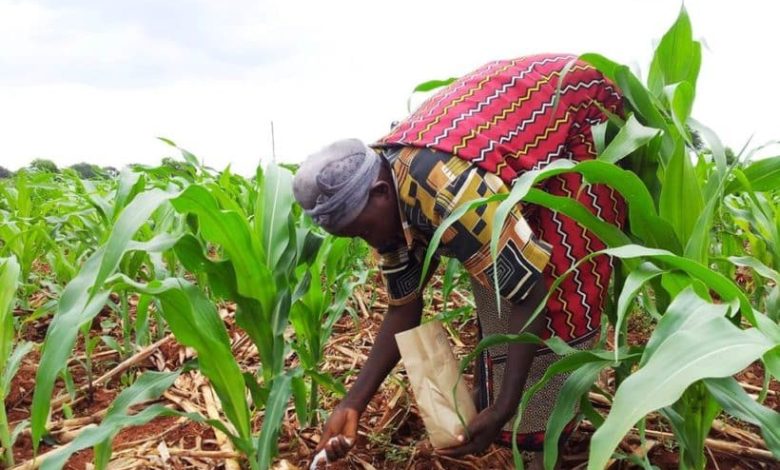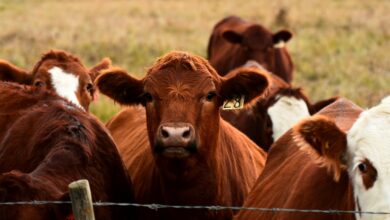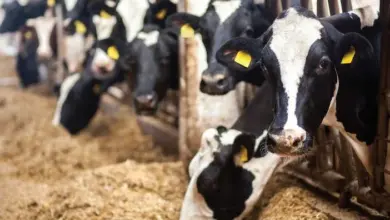Changes in sub-Saharan maize trade spell potential trouble for Kenya

Maize production in some of the sub-Saharan African countries that dominated maize supplies during the 2021/22 marketing year is expected to be lower this coming season. This will bring about some changes in the sub continent’s maize trade in the 2022/23 marketing year, in particular creating complications for Kenya. In the 2021/22 season, Kenya was the largest maize importer in the region.
But Kenya has a longstanding policy against genetically engineered maize. This limits the role of South Africa, the sub-continent’s biggest maize producer and exporter, in meeting Kenya’s needs.
The expected lower production comes in a season when demand for maize from countries in sub-Saharan Africa that rely heavily on imports is expected to remain strong. It’s estimated that Kenya, for example, will need to import 700,000 tonnes of maize for 2022/23. Kenya’s maize production is expected to be marginally higher, but not enough to meet the country’s needs.
Kenya is typically one of the major maize importing countries in sub-Saharan Africa. The country’s expected 700,000 tonnes of maize imports account for 21% of the region’s expected maize imports of 3.4 million tonnes in 2021/22 season, according to data from the International Grains Council. Other typical maize importing countries include Zimbabwe, Botswana, Mozambique and Namibia.
However, in the 2021/22 marketing year, several sub-Saharan African countries such as Zambia, Tanzania, Zimbabwe (an exceptional year from the usual importing position) and South Africa had ample maize harvest. This made it easy for them to meet Kenya’s import needs. Tanzania and Zambia were the leading maize suppliers to Kenya.
Tanzania, the biggest exporter in the region in the 2020/2021 season and Kenya’s traditional major maize supplier, is unlikely to play that role this season because its maize production is forecast to fall by 16% year-on-year to 5.9 million tonnes. This is due to drought at the start of the season, combined with armyworm infestations and reduced fertiliser usage in some regions because of prohibitively higher prices. The consequence of the fall in production and firmer domestic consumption means that the country could have less maize for export markets.
Preliminary estimates by the United States Department of Agriculture are that Tanzania’s maize exports could decline from 800,000 tonnes in the 2021/22 marketing year to 100,000 tonnes in the 2022/23 marketing year.
Such a drop would leave very little for Kenya’s maize needs, leaving Zambia and South Africa as major suppliers in the region.
Zambia’s expected maize production in the current season is still tentative, and it is unclear how much maize the country could have for exports. Zimbabwe, which had a large harvest in 2020/21 season, is also in an uncertain position about its 2021/22 maize harvest and ability to export. The incoming evidence suggest that some regions in the country have suffered crop failures.
South Africa could help and has the maize production capacity to do so. Given current output projections of 14.7 million tonnes, South Africa could have 3.2 million tons of maize for exports in the 2022/23 season – about 78% being yellow maize, and 22% white maize. But it plays a limited role in the Kenyan maize market.
The barriers
South Africa’s limited participation in the Kenyan maize market is arguably affected by regulations rather than just price and consumer preferences. Kenya continues to maintain an import ban on genetically engineered products.. This limits imports from South Africa where over 80% of maize production is genetically engineered.
There are indications that Kenya is changing its longstanding policy. Regulatory agencies have recently completed all trials for the approval of biotechnology maize. But any decision would still have to be approved by Kenya’s cabinet.
Even if Kenya were to adjust its policy, South Africa would not necessarily be the only maize supplier looking at expanding its market share in the country. The likes of the US and Brazil would also be at Kenya’s doorstep. The advantage of South Africa would be its substantial white maize production, which is the preferred staple grain of Kenyan consumers.
Outside the African continent, Mexico, the US and Argentina could be among the potential maize suppliers, as there are generally few white maize producing countries in the world.
Imbalances
The sub-Saharan Africa maize trade generally has some imbalances. South Africa, Tanzania and Zambia are the major maize producers and exporters in the region. For their part Kenya, Zimbabwe, Botswana, and Mozambique are often the importers.
At the regional level, sub-Saharan Africa’s aggregate maize imports amount to an average of 3.4 million tonnes a year, according to data from the International Grains Council. This is both white and yellow maize, with most being white maize for human consumption.
Although intra-regional trade accounts for most of the consumption needs of import-reliant countries in the region, this is also supplemented by imports from countries outside of the continent such as Argentina, Canada and Mexico.
Overall, these maize market dynamics are worth monitoring, specifically from South Africa’s perspective, as they signal that the sub-Saharan maize demand in the 2022/23 marketing year could be much larger than the previous season. This could be the case especially if Zambia’s maize production comes out lower than the 2021/22 season, which is likely if we use the South African maize production conditions as a barometer for the region. Such a potential increase in the region’s maize imports would have implication for prices.







